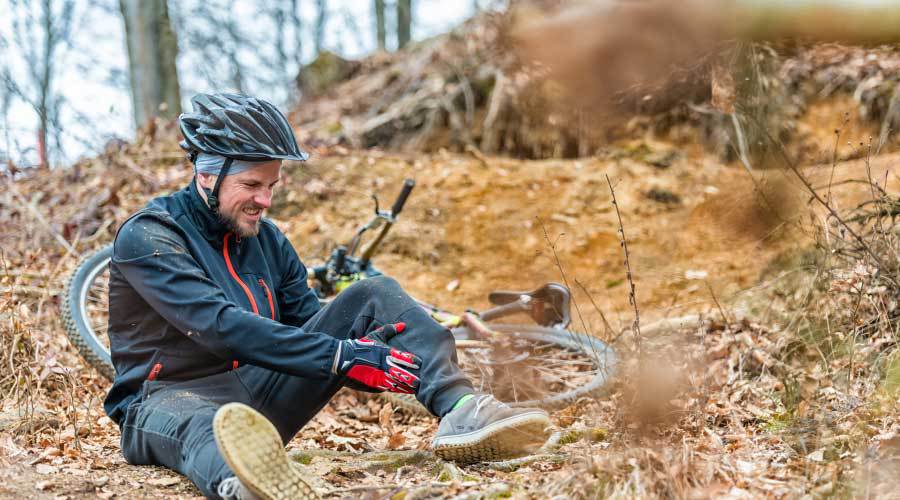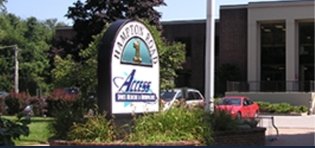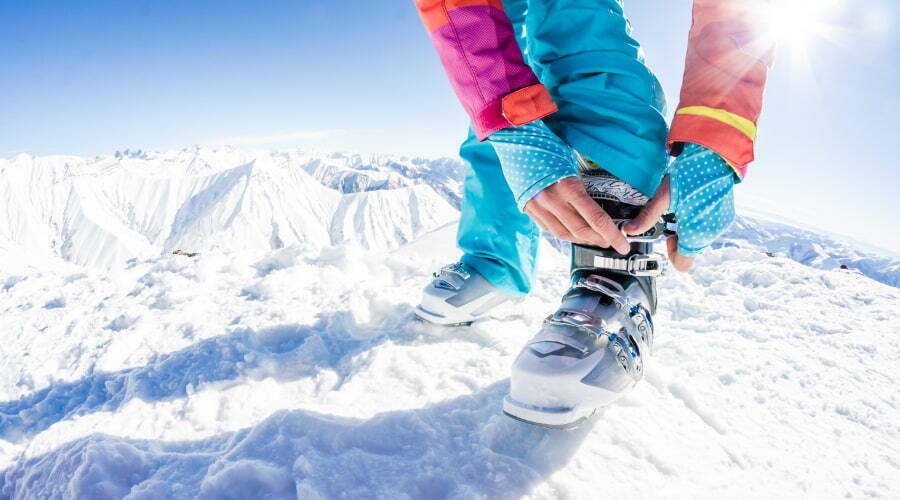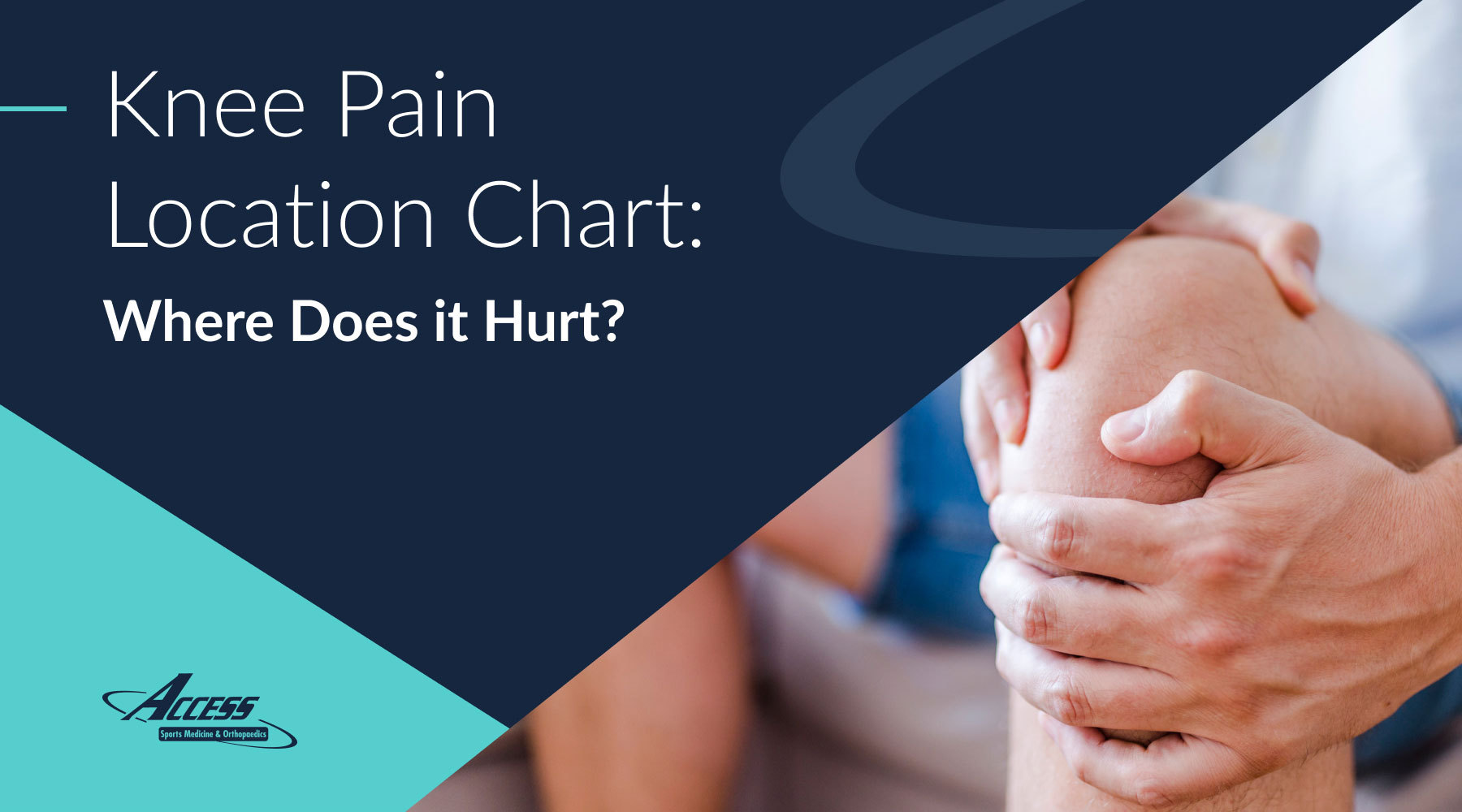
Do you feel that briskness in the air? Fall has arrived, and with that comes cooler temps and beautiful foliage. However, as soon as colors start to fade, all those leaves make their way towards the earth, cluttering yards, gutters, and well, everything. Fall cleanup in New England is a part of everyone’s annual routine. And while it may just feel like just that, a routine, clearing leaves and other assorted debris from your yard, property, or athletic facility (hello, cross country running trails) is critical to everyone’s wellbeing, whether you’re consciously thinking about it, or not.
What do we mean by that?
Well, the autumn season, in all its picturesque glory, can create an uptick in falls. While falling is a fairly common accident, it’s worth noting that taking a fall seriously is something you ought to do. Our first reaction is to get up, brush ourselves off and get on with things; but take a moment to catch your breath, and listen to your body. Make sure it’s okay.
According to the World Health Organization, 37.3 million falls every year are serious enough to warrant medical attention. That’s not a small number.
Common orthopedic injuries that come out of a fall include:
- Broken bones
- Soft tissue sprains or bruises
- Head and/or brain trauma (bumps, bruises, concussion, fracture)
- Hip fractures
- Knee or ankle sprain (or more serious damage to your MCL or ACL)
- Cuts and abrasions
- Back or spinal cord trauma
- Shoulder or neck trauma
It’s worth noting that, of course, not all falls will lead to injury, but even a bruise can be a sign of something more serious, and, if you’re not sure, you should certainly seek medical attention to ensure there is no further internal damage that can have lingering effects.
Ways to help prevent orthopedic injuries as a result of a fall
Wear proper footwear. Sure, we may be trying to hang on to summer for as long as we possibly can, but take a look outside before you leave your house. Is it really flip-flop weather? Or should those be retired until spring? Wearing proper footwear can help ensure you’re getting the proper traction given the season, elements, terrain, and any other environmental variable that can cause a fall, and perhaps, orthopedic injury.
Clear that clutter (and leaves). Yes, the dreaded fall cleanup. It’s important. All those leaves, acorns, pinecones, branches add up to clutter that can cause a slip, trip, and fall. Break out the rake, roll out the wheelbarrow, and get to work. And this isn’t limited to home residences. Consider trails and common areas where foot traffic occurs. For all you fall runners (and who doesn’t love running in the crisp fall weather?), make sure the trail you’re navigating is clear of debris, or be aware that it might be lying around and make every safe attempt to avoid it in order to avoid a debilitating ankle or knee injury (or worse).
Beware of the frost. The cooler climes of fall can lead to an overnight frost, and, as we all know, a frost can lead to an easy slip, which then can lead to a pretty serious orthopedic injury. So, be cognizant of the terrain, and, as mentioned, prepare yourself for such terrain by wearing the proper footwear. (No, those flip-flops are not going to cut it.)
Lights. No, that’s not going to be followed up by “camera, action…” But rather, take a quick peek before you leave your house and be certain to turn that exterior light on. Why? Well, the days grow shorter by the minute once fall arrives, and, before we know it’s dark when we leave the house, and dark when we leave work. Dark terrain obviously leads to the prospect of a fall, so please, do your part to light the path.
Slow down. What? Slow down? We know, we know… But, given the debris and changing terrain that the season brings, we’re merely suggesting taking a look around as you’re walking (or, yes, running) to make sure where you’re about to step is in fact a good place to step. Being oblivious to your landscape can cause a fall, so take care in knowing that where you’re setting foot is safe.
Get your vitamin D. We all know that vitamin D comes from exposure to the sun (the opportunity of which, decreases as the days shorten) and from some of the foods we eat such as:
- Spinach, kale, and collard greens
- Okra
- Soy and white beans
- Oily fish such as salmon, sardines, herring, and mackerel
- Calcium fortified foods such as orange juice, oatmeal, and cereal
- Eggs (the yolk specifically)
- Red meat
Why does vitamin D matter? The signs that you’re suffering from vitamin D deficiency include:
- Muscle weakness
- Bone degradation
- Pain
- Fatigue
And with those symptoms in mind, suffering from vitamin D deficiency can impair your mobility, thus leading to falls and potential orthopedic injuries. So, whether it’s by means of the foods listed above, exposure to the sun, or via an oral supplement, get that vitamin D; it’s essential.
In need of care to assess orthopedic injury due to a fall?
Don’t put it off and hope that things work themselves out. You’re doing your overall health a disservice with this type of thinking. If you’re in the southern part of New Hampshire and in need of orthopedic care in Portsmouth, Exeter, Dover, or Raymond, consider Access Sports Medicine as your trusted care provider for any injury as a result of a pesky fall. We’re here to help you heal.


